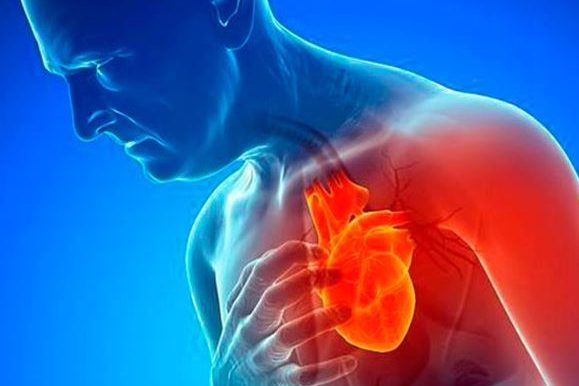The prevention of heart attack and stroke in patients with type 2 diabetes treated at primary care should become a major priority. That is the conclusion of a study published on World Diabetes Day in the European Journal of Preventive Cardiology, a European Society of Cardiology (SEC) journal.
The study
“The most surprising finding of our study was that the vast majority of patients (93%) had a high or very high risk of dying from this type of fatal events within a decade. Half of the patients in the high risk group had no history of heart disease, which means they would not receive any medication to prevent heart attacks and strokes,” according to study author Dr. Manel Mata-Cases, general practitioner at the Catalan Institute of Health in Sant Adrià de Besòs.
“As far as we know, this study involving almost 375,000 people from a well-validated population-based database explains the situation in the Mediterranean for the first time. Traditionally, cardiovascular risk in the region has been lower than that in central and northern Europe or the United States; hence, our results should raise awareness and a call to action to prevent heart attacks and strokes in people with type diabetes 2 in primary care”, Mata-Cases added.
This is a cross-sectional study that used the database of the Information System for the Development of Primary Care Research (SIDIAP), which consists of 74% of the total population of Catalonia, Spain. The SIDIAP database contains anonymous and longitudinal information of each patient obtained from the electronic medical record system (e-CAP) used by all primary care providers in Catalonia.
The study population involved 373,185 people over the age of 18 with a diagnosis of type 2 diabetes by December 31, 2016. The average age was 70.1 years and 45.2% of the participants were female. About 72% had high blood pressure, 45% were obese, 60% had high serum cholesterol, and 14% were smokers. The researchers estimated the probability of each participant of having a fatal heart attack or stroke within 10 years using categories in the SEC’s guidelines on diabetes and cardiovascular disease. The three categories are: very high risk (above 10%), high risk (between 5% and 10%), and moderate risk (below 5%).
To be classified as very high risk, patients should suffer from cardiovascular disease (e.g., previous heart attack or stroke) or other health-threatening conditions, such as kidney failure, or at least three cardiovascular risk factors (age, high blood pressure, high serum cholesterol, smoking, obesity).
The results
More than half of the participants (53.4%) had a very high risk of fatal events. This observation was more frequent in men (55.6%) than in women (50.7%).
Around 39.6% of participants were classified as high risk, and only 7% had a moderate risk of dying from a heart attack or stroke within 10 years.
Dr. Mata-Cases concluded: “These findings in a primary care setting should promote the implementation of integrated care. Healthy behaviors are the cornerstone to prevent cardiovascular disease and should be combined with blood glucose, serum cholesterol, and blood pressure control. Family doctors and nurses need to agree on treatment goals with patients, taking into account their characteristics and preferences.”
Lifestyle advice for patients with diabetes
- Quit smoking
- Reduce calorie intake to reduce excess body weight
- Eat a Mediterranean diet supplemented with olive oil and/or nuts
- Avoid alcohol
- Have moderate to vigorous physical activity for at least 150 minutes per week
Reference: Cebrián-Cuenca A, Mata-Cases M, Franch-Nadal J, et al. Half of patients with type 2 diabetes mellitus are at very high cardiovascular risk according to the 2019 ESC/EASD categories: data from a large Mediterranean population. Eur J Prev Cardiol. 2020.
Link: https://www.sochob.cl/web1/la-mayoria-de-los-pacientes-con-diabetes-tipo-2-tienen-un-alto-riesgo-de-sufrir-un-ataque-cardiaco-o-un-derrame-cerebral-fatal/
Date: November 14th, 2020
Source: https://medicalxpress.com
Nutrigenomics Institute is not responsible for the comments and opinions included in this article






